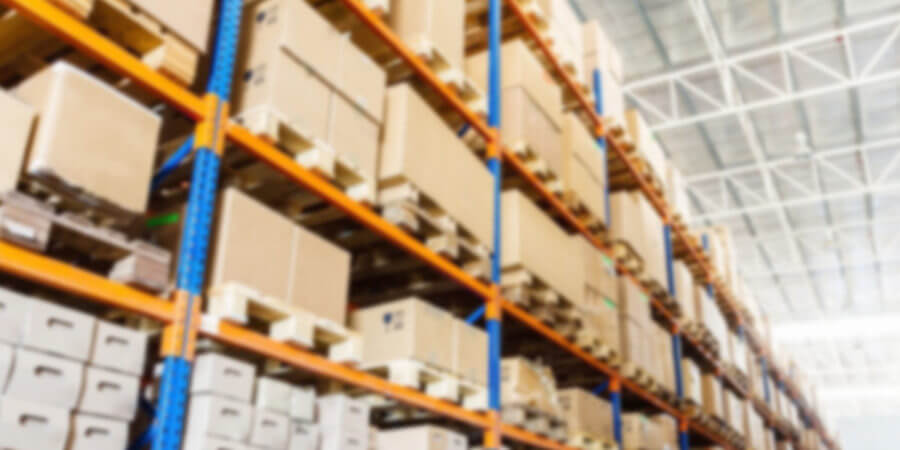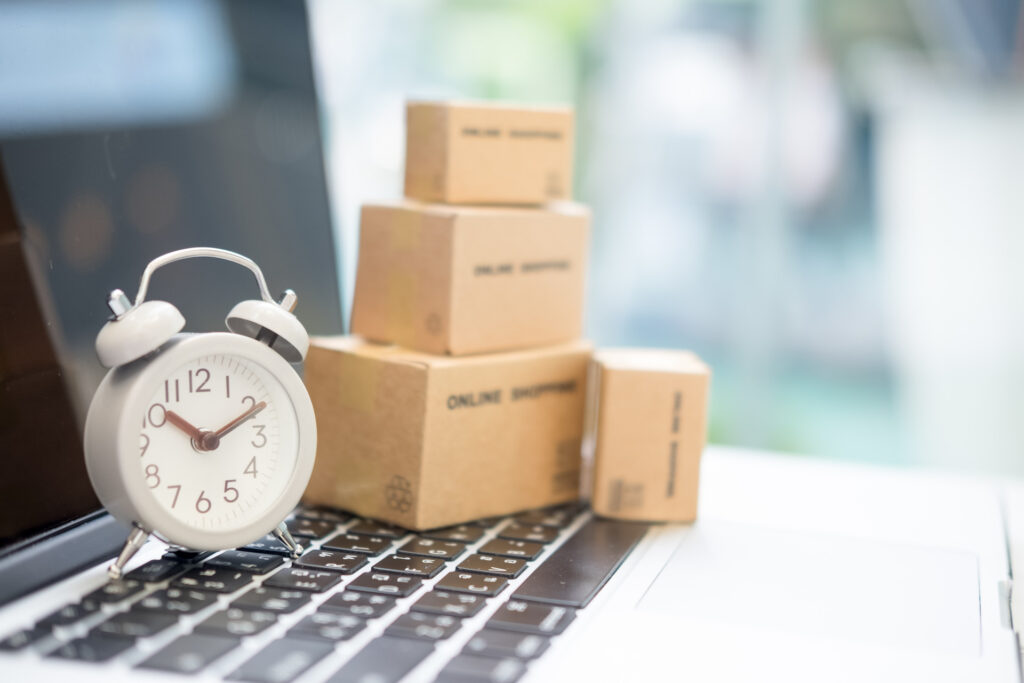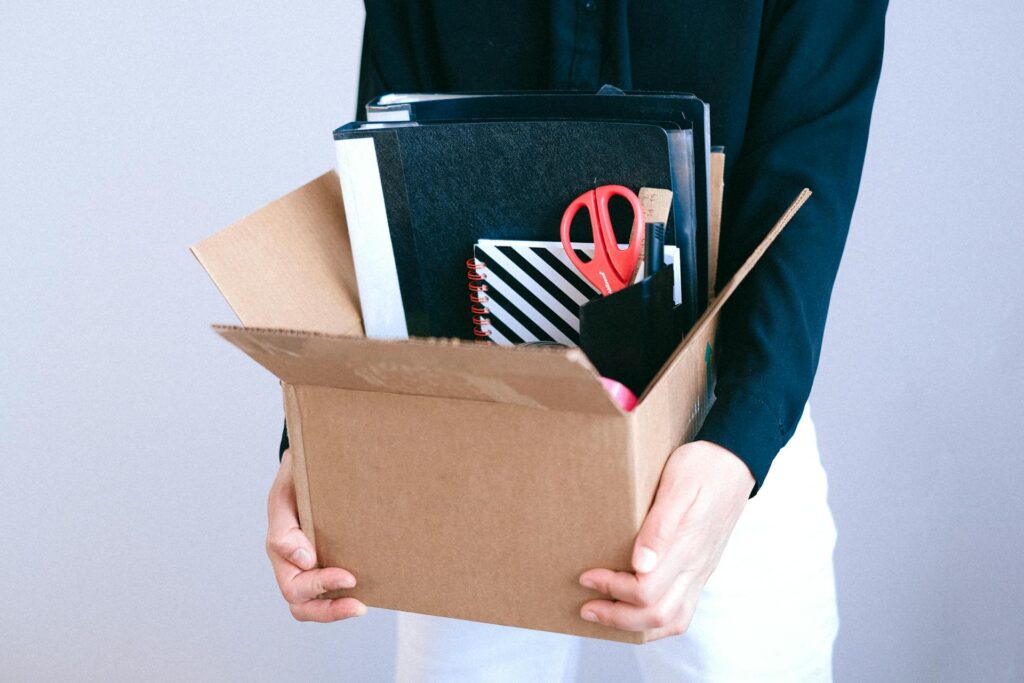Relocating across the world is an exciting adventure filled with new experiences and possibilities. But amidst the thrill, one task can instill a sense of trepidation – figuring out how to pack electronics for moving. From laptops to cutting-edge gaming consoles and everything in between, these devices hold monetary value and countless memories and essential data. So, fasten your seatbelts, and let’s embark on a journey of protection, security, and peace of mind.
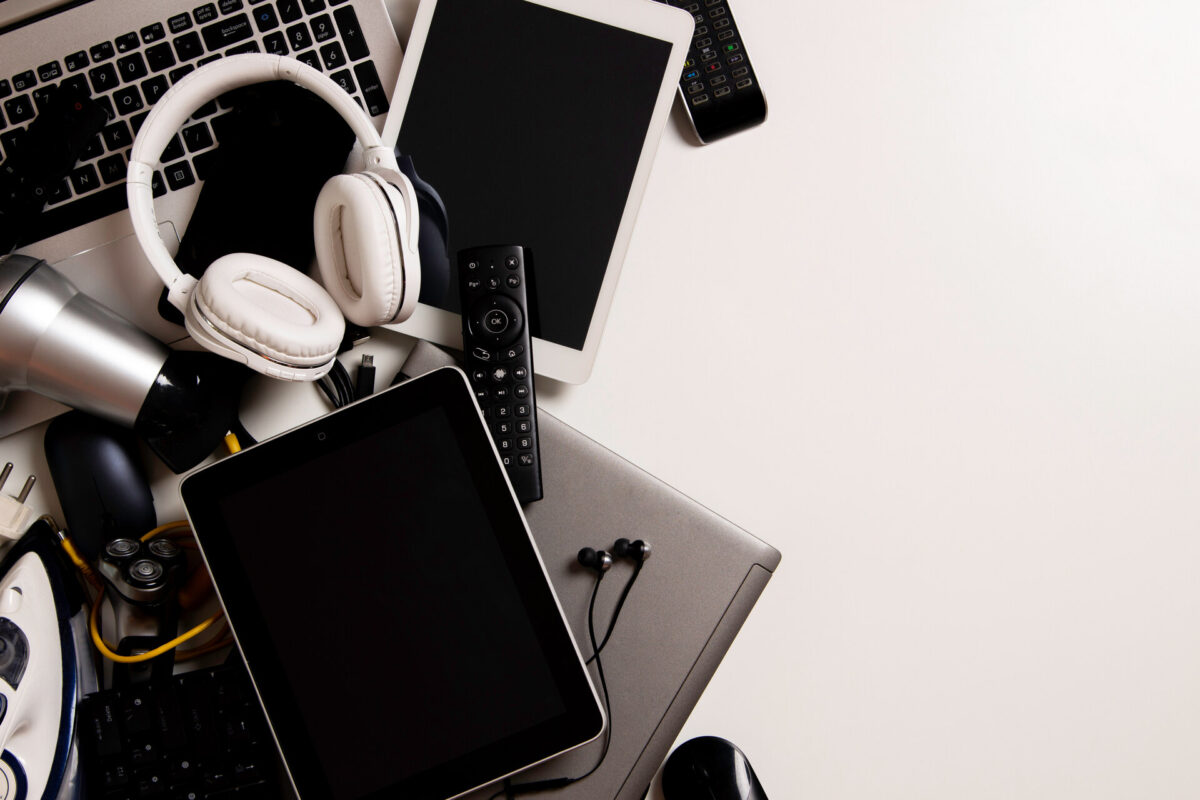

When wrapping the electronic devices for a relocation across the world, follow these key steps: back up data, use sturdy boxes and wrapping materials, disassemble devices, wrap them in anti-static bubble wrap, label boxes, consider hiring professional movers, comply with shipping regulations, protect sensitive data, handle lithium-ion batteries properly, and safeguard against humidity and extreme temperatures.
Start With Assessing and Preparing Electronics
Before the whirlwind of moving day preparation begins, take a moment to assess and prepare your belongings for the journey ahead. Preparing for a relocation to another country not only entails physical relocation but also the emotional task of leaving loved ones behind. Luckily, in this digital age, staying connected with friends and family across borders is easier than ever.
So, as you sort through your stuff, gather the necessary tools to keep those vital lines of communication open. Remember, a little preparation goes a long way in safeguarding your gadgets and maintaining those cherished connections with friends near and far.
Determine if the Item Is Worth Taking or if It’s More Practical to Sell or Donate
When faced with the daunting task of what to pack when relocating abroad, it’s crucial to determine if each electronic item is worth taking or if it’s more practical to sell or donate. As relocation essentials must be prioritized, make sure to evaluate each gadget’s value and practicality in your new environment. Consider factors like:
- Voltage compatibility,
- Regional restrictions,
- The cost of adaptors.
Remember the downsizing part, and ask yourself if a device serves a crucial purpose or can be easily replaced. Selling or donating these objects lightens your load, allows someone else to benefit from your pre-loved technology, and can contribute to your funds, especially if relocating on a low budget.
So, check out donation sites like Goodwill or Facebook Marketplace for selling. Streamline your belongings and embrace a fresh start by making thoughtful decisions about what to bring on your international adventure.
Ensure That All Devices Are in Good Working Condition Before the Wrapping Process
Before putting your devices into boxes for relocation across the world, it’s essential to ensure that all of them are in good working condition. Take the time to check each item thoroughly, testing their functionality and addressing any issues beforehand. Inspect cables, connectors, and screens for any signs of damage, and make any necessary repairs or replacements.
By ensuring that your electronic devices are in optimal condition, you can minimize the risk of encountering unexpected problems during your international relocation and have peace of mind knowing that your devices are ready to embark on the journey with you.
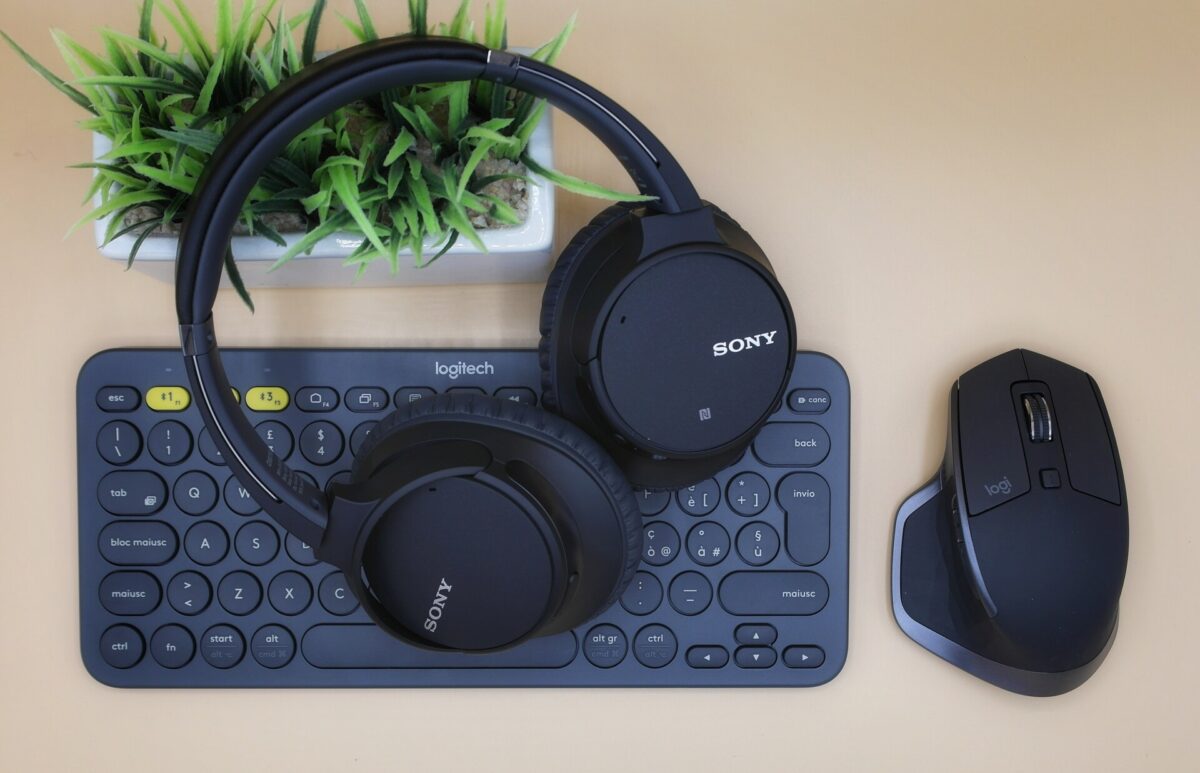

Don’t Forget to Gather the Necessary Packing Materials
When packing electronics, it’s crucial to remember to gather the necessary packing materials. As you create your relocation checklist, include these essential wrapping supplies.
- Sturdy cardboard boxes in various sizes will provide the necessary protection and organization for your devices,
- Anti-static bubble wrap and peanuts will shield them from potential damage during transit,
- Packing tape, zip ties, and cable organizers will help keep cords and accessories neatly organized,
- Markers and labels for clear identification will ensure easy unpacking at your destination.
How to Pack Electronics for Moving – Disassemble and Secure Cables and Components
While figuring out how to prepare electronics for a move, one crucial step to prevent breaking things is disassembling and securing cables and components. Moving internationally can be a chaotic time, and ensuring the safety of your precious devices requires careful attention to detail.
Remove Cables and Accessories From Electronic Devices
When planning how to move overseas efficiently, many people forget to remove cables and accessories from electronic devices. Avoid this mistake by taking the time to disconnect and pack cables separately, which not only prevents tangles but also ensures the safety of your devices during transit.
Label and Secure Each Cable to Prevent Tangling
Begin by labeling each cable or accessory you’ve previously detached. That way, you’ll easily identify them later. One of many relocation hacks is to carefully coil cables and secure them with zip ties or cable organizers to maintain their integrity.
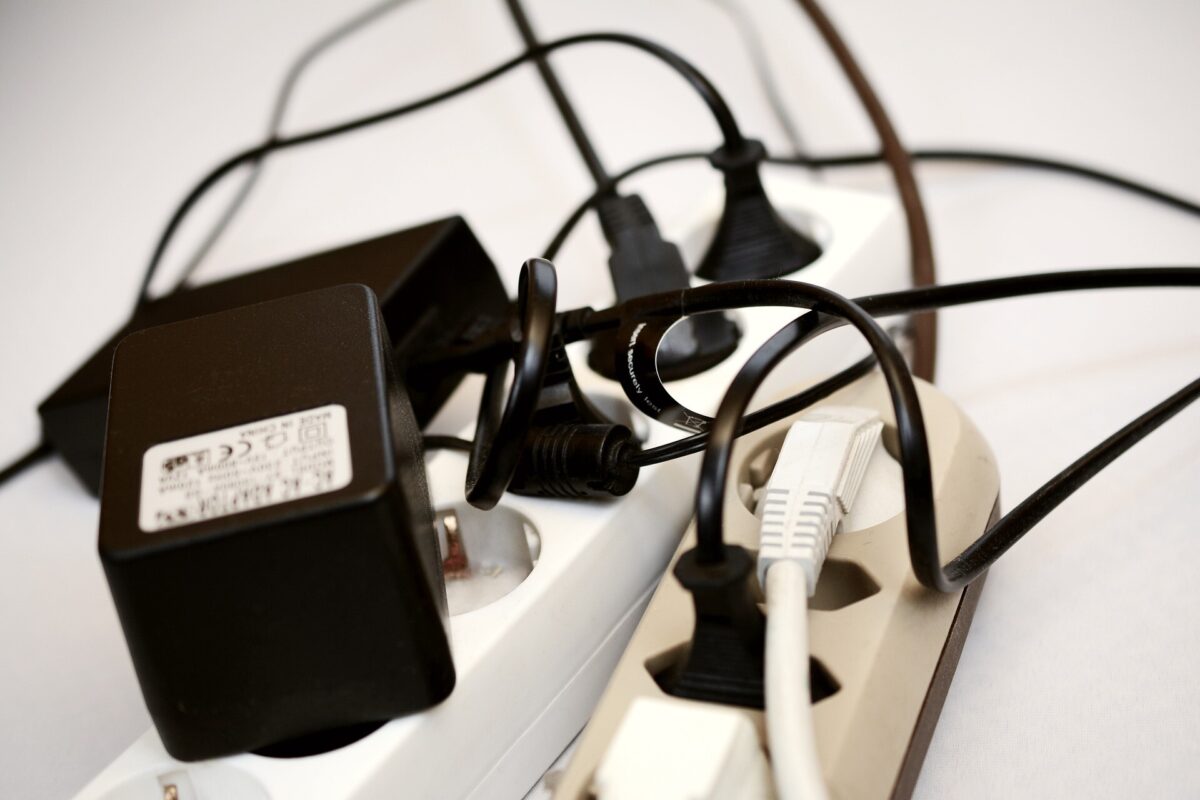

Proceed With Properly Protecting and Wrapping Electronics
As you proceed with your relocation preparations, it’s crucial to give special attention to properly protecting and wrapping your valuable items. These devices hold monetary value, important data, and cherished memories. To ensure efficient relocation and their safe arrival at your new destination, it’s essential to employ effective wrapping and protective measures.
However, keep in mind that you can always hire a professional relocation team like Sunset International Shipping crew. We can provide the best packing services and save you all the trouble.
Wrap Each Device in Anti-Static Bubble Wrap
Anti-static bubble wrap acts as a cushioning layer, providing protection against shocks and vibrations during transportation. It also helps prevent static electricity buildup that could potentially damage sensitive electronic components. Carefully wrap each device in multiple layers of bubble wrap, ensuring that all sides are covered securely.
Use Packing Peanuts or Foam Inserts
In addition to bubble wrap, packing peanuts or foam inserts offer an extra layer of protection for fragile objects. Fill the empty spaces in your moving boxes with these materials to create a snug fit and prevent shifting or impact damage. These peanuts act as lightweight and shock-absorbing fillers, while foam inserts provide custom-fit cushioning for specific devices.
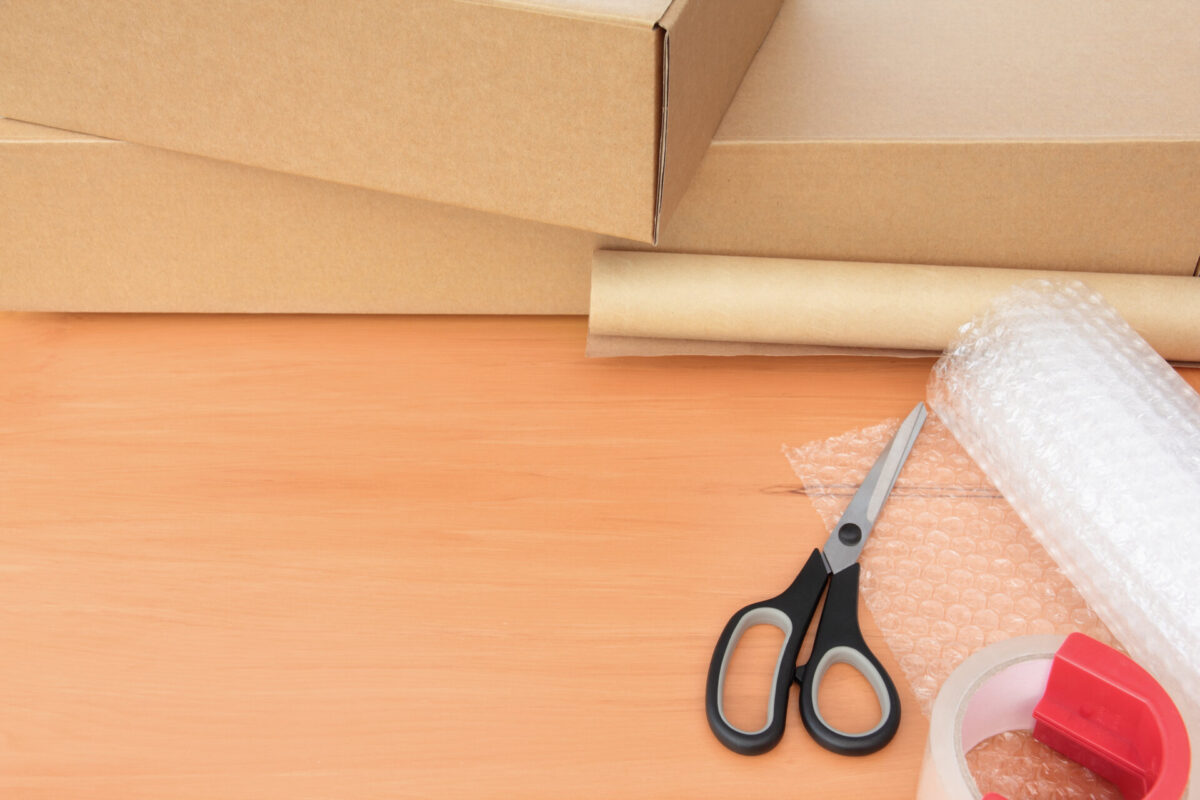

Step-By-Step Instructions for Packing Different Types of Electronics
Each device has unique characteristics and delicate components that must be protected during the move. In this comprehensive guide, we provide you with step-by-step instructions on how to protect various devices properly.
Start by backing up important data and safely shutting down your devices. Remove any CDs/DVDs and detach external components such as keyboards and mice. Place your laptop or computer in its original packaging if available, or use a sturdy box lined with anti-static bubble wrap. Fill any gaps with packing paper, peanuts, or foam inserts to prevent movement.
Protect the TV by detaching cables and accessories, including power cords and HDMI cables. Place the television or monitor in its original box if possible, as it provides the best fit and protection. If the original box is unavailable, wrap the device in anti-static bubble wrap and secure it with tape. Place the wrapped item in a box with additional padding, such as foam inserts or peanuts, to prevent shifting.
Remove any game discs and disconnect cables. Place the console in its original packaging if you still have it, or wrap it in anti-static bubble wrap. Secure the wrap with packing tape and place the console in a box with adequate padding. Remember to label the box as fragile to ensure proper handling.
Carefully disconnect all cables and accessories. For speakers, wrap each unit individually in bubble wrap and secure it with tape. Place them in a box with cushioning materials. For amplifiers or receivers, use anti-static bubble wrap or foam inserts to protect delicate components. Secure the wrap with tape and place the item in a box with additional padding.
Remove batteries and memory cards from the cameras. Wrap each device in anti-static bubble wrap or use dedicated camera cases. One of the effective relocation tips is to keep lenses in protective cases or wrap them individually. Place the wrapped items in a padded bag or box, ensuring they are snug and well-protected.
Label and Organize Packed Electronics
When moving overseas or preparing to move out for the first time, labeling and organizing packed stuff is a crucial step that shouldn’t be overlooked. Clearly label each box with its contents and the destination room to facilitate a smooth unpacking process. Consider using color-coded labels or stickers to distinguish between different types of objects, making it even easier to locate specific items.
Additionally, creating an inventory list of packed devices offers multiple benefits. It helps you keep track of all your devices, ensures nothing gets lost or misplaced during transit, and serves as a valuable reference in case of any damage or insurance claims.
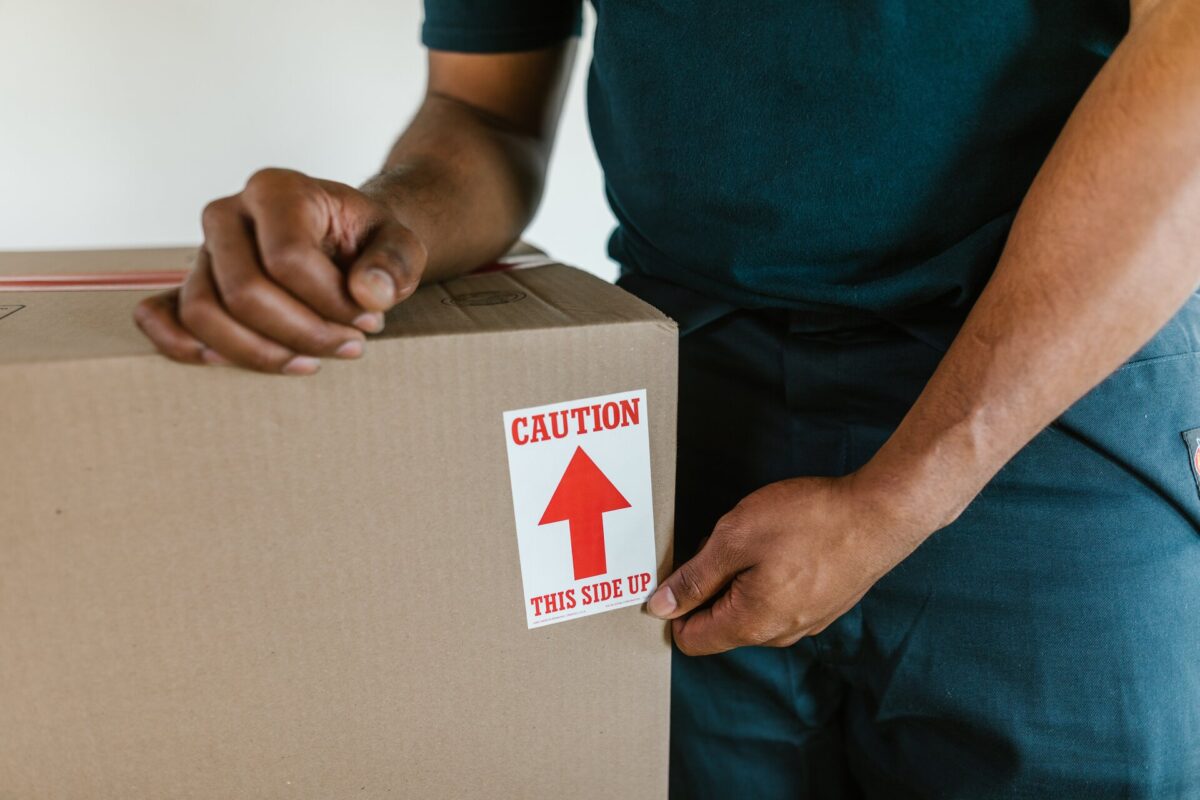

Hire International Movers to Assist With the Relocation
Moving across borders involves a complex set of logistics, regulations, and customs procedures that can be overwhelming to navigate on your own. By enlisting the services of experienced international movers, you gain access to their expertise and resources, making your relocation smoother and more efficient. These professionals can handle the wrapping, transportation, and delivery of your belongings, including your precious electronics, with care and precision.
They are well-versed in international shipping regulations, ensuring compliance and minimizing the risk of delays or complications. With the support of a professional international moving company, you can focus on other aspects of your relocation, knowing that your electronics and other belongings are in capable hands, ready to be transported to your new destination.


Follow Our Guide and Your Move Will Be Seamless
With careful planning, attention to detail, and the right strategies, your valuables will arrive at your new destination intact and ready for use. Embrace this exciting chapter of your life with the confidence that your cherished gadgets have been packed with care, allowing you to seamlessly transition and embark on new adventures with ease.
But don’t forget one of the most important things – you can always get help from the Sunset International Shipping crew. All you need to do is contact us, and we’ll do the rest.
FAQ
While protecting these devices in their original packaging provides optimal protection, it may not always be feasible or necessary. However, using sturdy boxes and proper cushioning materials, such as bubble wrap or foam inserts, can still offer effective protection.
Backing up your data is crucial before the move. Consider using encrypted external hard drives or secure cloud storage for added security. Keep these backups separated, or carry them with you personally.
Check international regulations and airline restrictions for transporting lithium-ion batteries. In many cases, it’s safest to pack them separately, preferably in carry-on baggage, following the specific guidelines provided.
Carrying valuables in your carry-on luggage is generally recommended to ensure their safety and avoid potential damage or loss during transit.
Wrap objects in moisture-resistant materials, such as plastic bags or anti-static bubble wrap. Consider using desiccant packs to absorb moisture. Avoid exposing them to extreme temperatures, whether hot or cold.
Different countries may have specific regulations and restrictions on importing. Research the customs requirements of your destination country beforehand to ensure compliance and a smooth transition.
It is recommended to remove batteries from electronic devices before packing them whenever possible to reduce the risk of potential damage or leakage.
Consult the manufacturer’s guidelines or seek professional assistance for disconnecting, securing, and preparing large appliances for transportation. Ensure proper packaging and secure them in specialized crates or pallets.
Use extra care when packing valuable or antique objects by employing additional padding and protective materials. Consider insuring these items for their full value and consult experts for any necessary precautions specific to these delicate items.
For fragile electronic components, wrap them individually in anti-static bubble wrap or foam and secure them in specialized containers designed to protect delicate items during transit.
It is generally recommended to wrap these devices separately to avoid potential damage from shifting or impact. However, if packed together, ensure proper cushioning and separation to minimize risks.
Clearly label packages as fragile and use protective materials like bubble wrap. Ensure that the packaging allows easy access for inspection without causing damage to the electronics.
Research and make arrangements for any special handling or assembly requirements in advance. If necessary, seek professional assistance to ensure the proper setup and functionality of your electronics.



